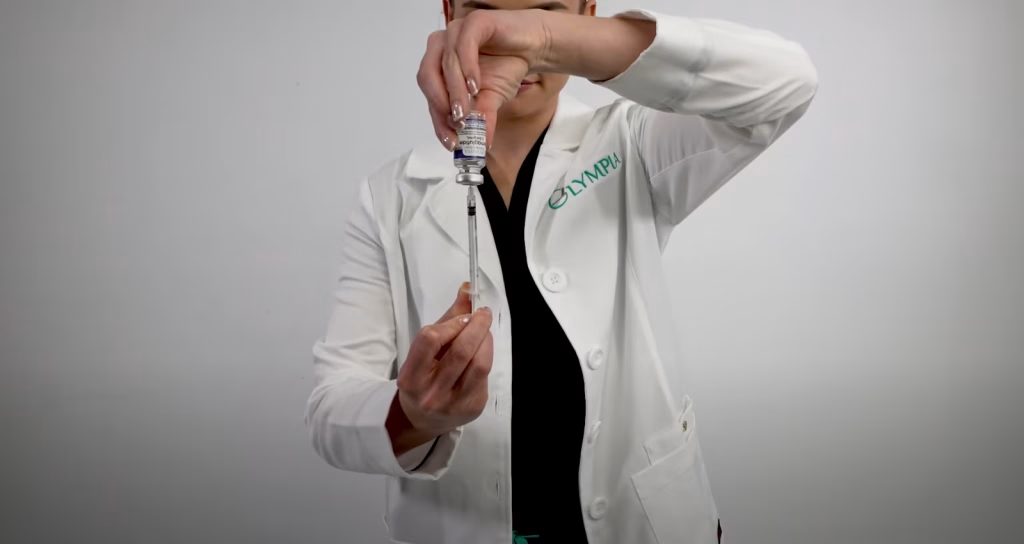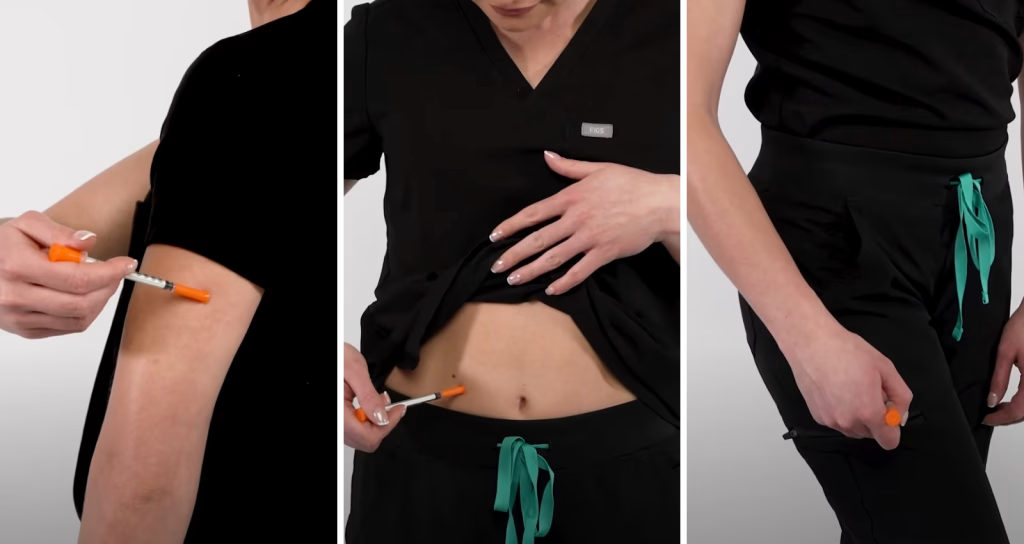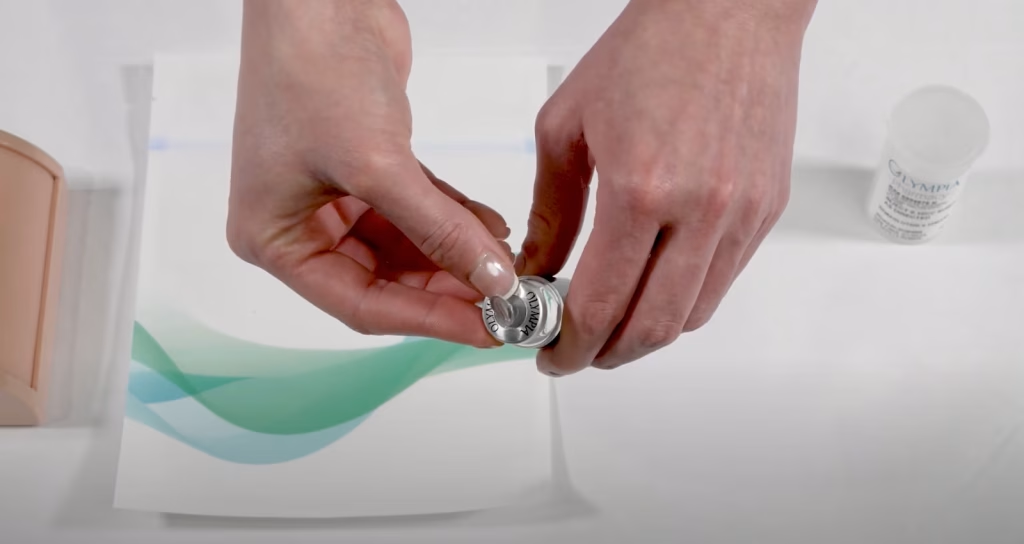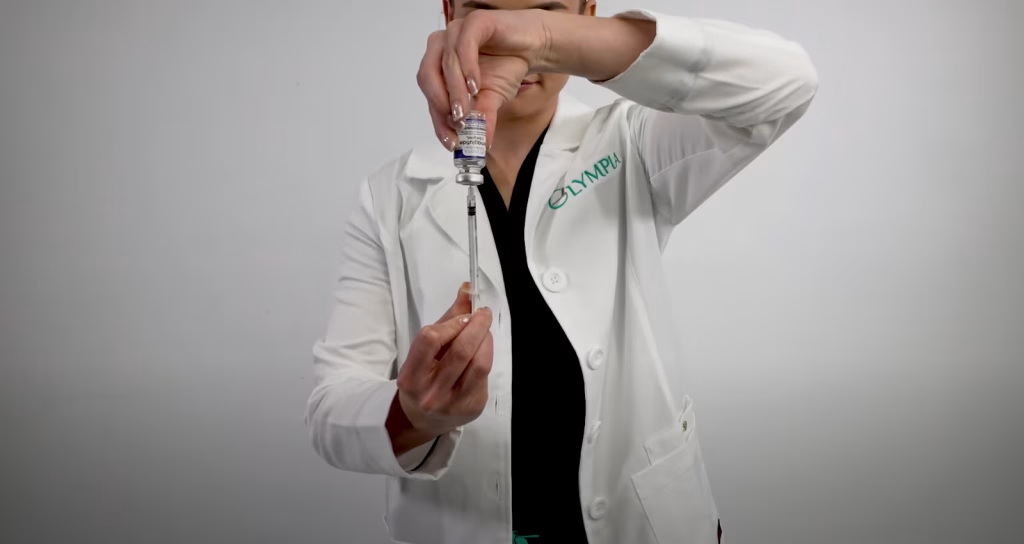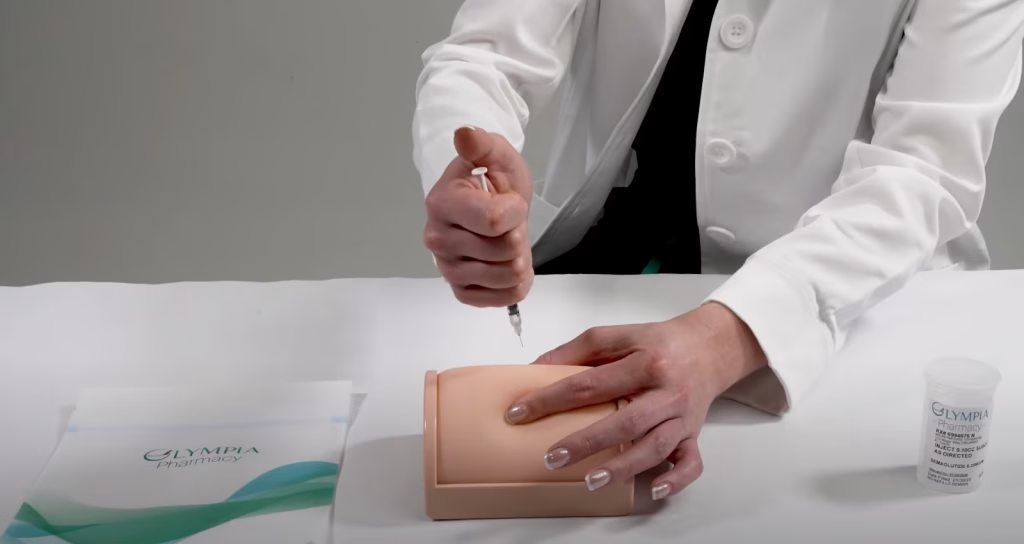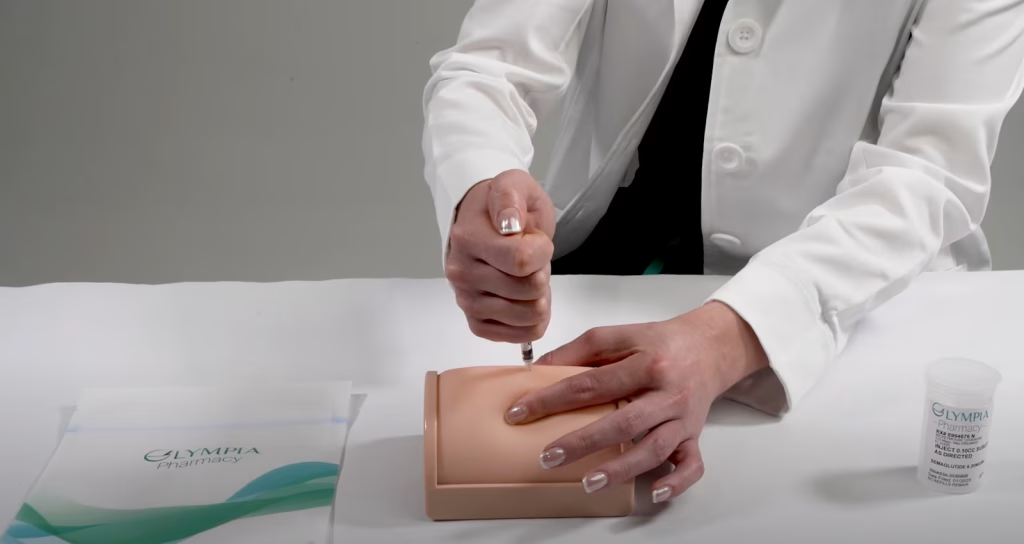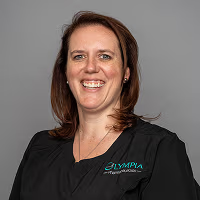How to Give a Subcutaneous Injection
Everything You Need to Know
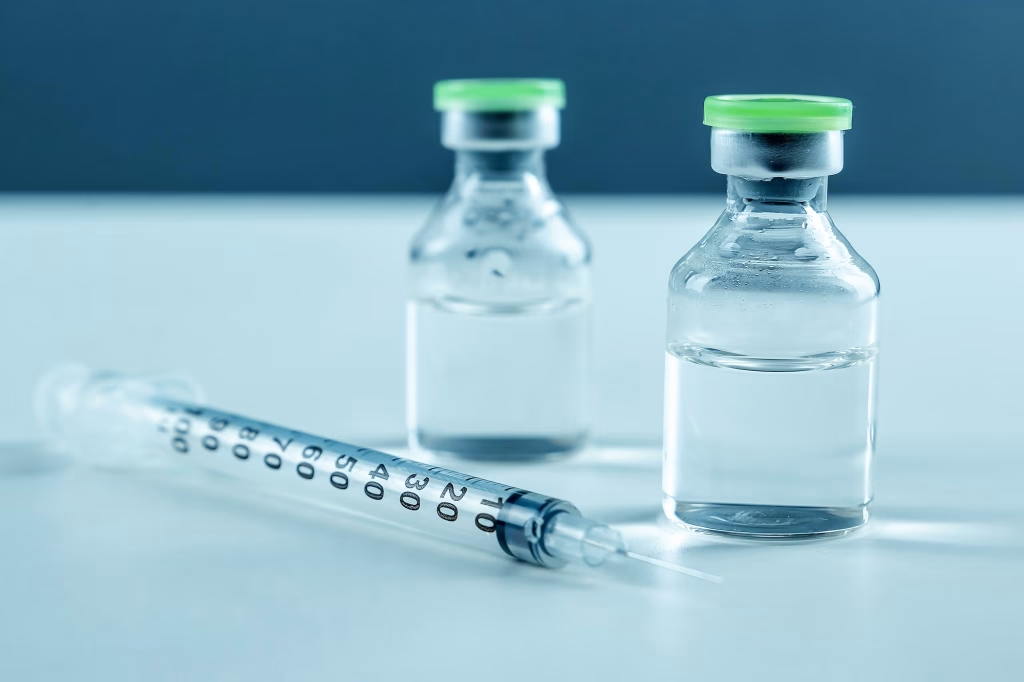
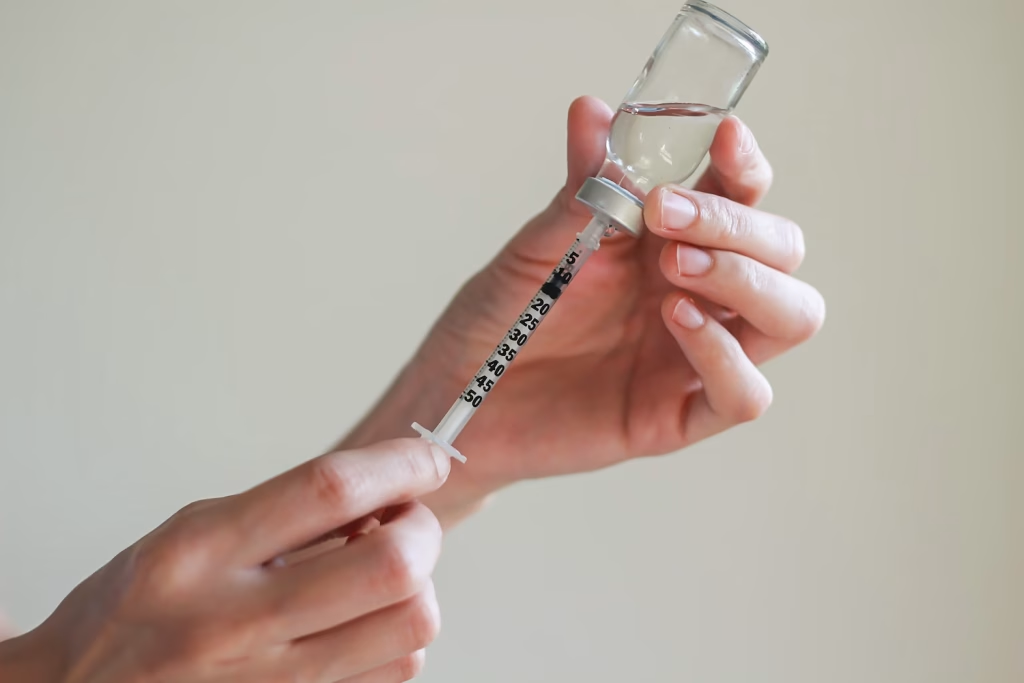
What You Need to Know
Giving a SubQ Injection at Home
Learning how to give an injection at home can feel intimidating at first, but with the right guidance, it becomes a manageable part of your care routine. At Olympia Pharmacy, we’re here to support you every step of the way.
This page includes a complete video tutorial on how to give a subcutaneous (subQ) injection, along with clear written instructions to follow at your own pace. You’ll also find tips on needle size, medication storage and preparation, as well as answers to common questions about home injections.
Need help? Our pharmacy team is just a message away.
How to Inject a Subcutaneous Shot
Learn how to administer a subcutaneous (under the skin) injection at home with guidance from Dr. Kate Campbell, Director of Pharmacy at Olympia Pharmacy.
Additional Information
